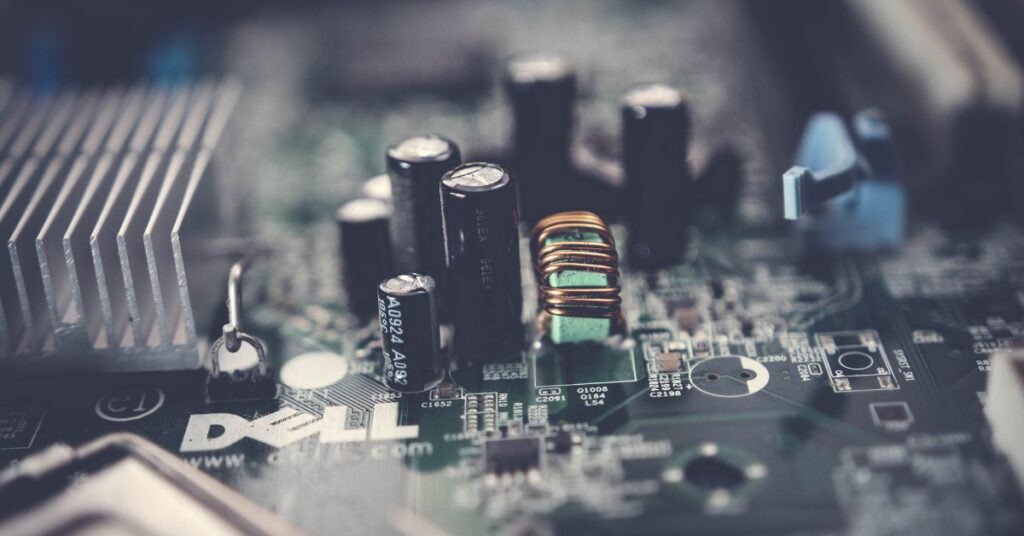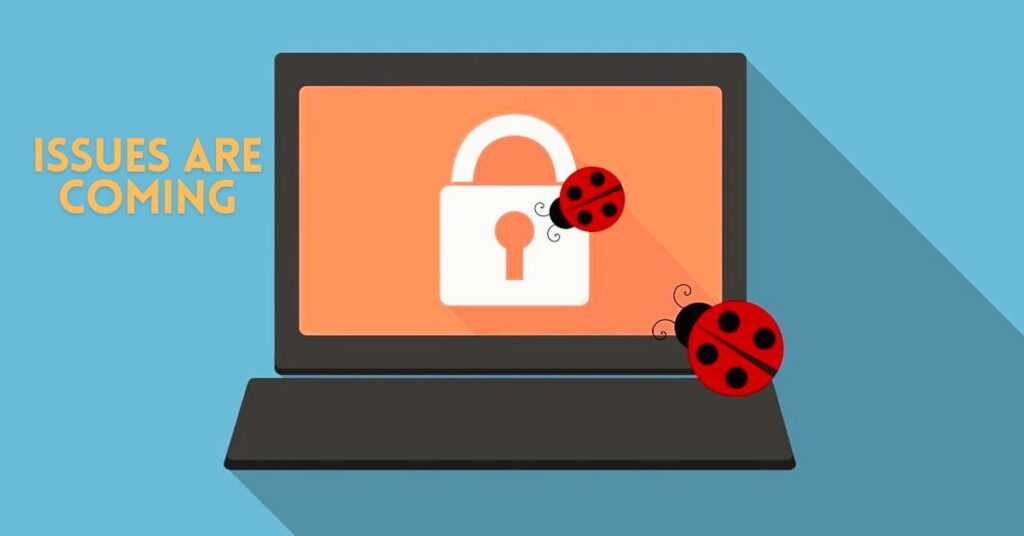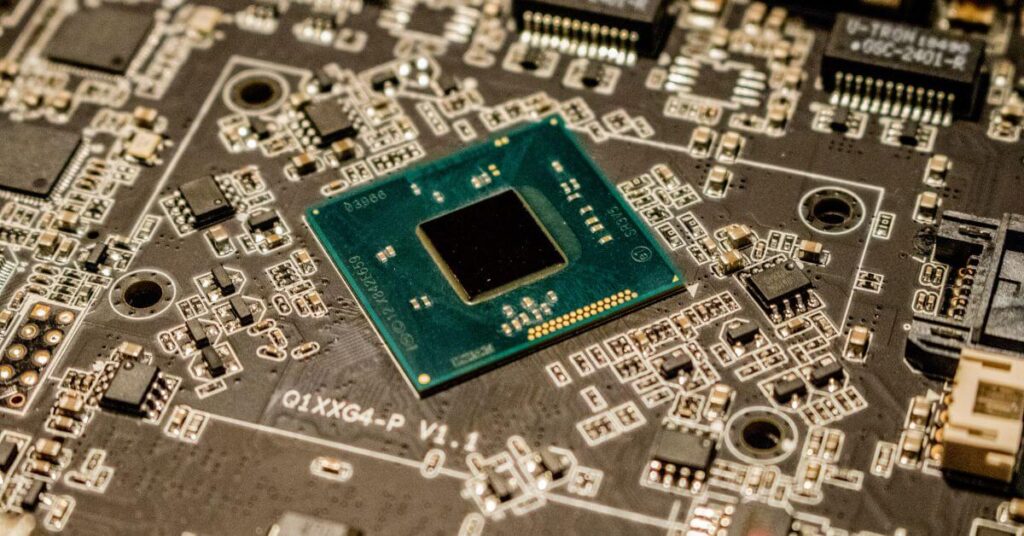The motherboard is the central hub of any computer, serving as the backbone that connects and facilitates communication between various hardware components. Over time, technological advancements and the ever-evolving demands of users may lead to the need for upgrading or replacing components in a computer system.
One question often arises is, “Can a motherboard be replaced?” This inquiry delves into the complexities of computer hardware, exploring the feasibility, considerations, and potential benefits of replacing a motherboard. In this exploration, we will unravel this crucial component’s intricacies, examining why one might contemplate such a replacement and the steps involved in undertaking this significant upgrade.
Table of Contents
Reasons for Motherboard Replacement
Technological Obsolescence:
Newer motherboards frequently have updated features, better connectivity options, and increased performance capabilities as technology develops. To ensure compatibility with newer hardware components and stay updated with technological innovations, users may decide to replace their motherboard.
Hardware Failure:
Over time, hardware malfunctions can occur in motherboards just like in any other electronic component. Problems like broken circuit boards, bad capacitors, or broken chipsets might require replacing the motherboard to get the computer working properly again.
Upgrade Compatibility:
When upgrading other crucial parts, like the processor, RAM, or graphics card, a motherboard with particular features or a different kind of socket might be needed. Users may need to replace the motherboard due to incompatibilities to enable the smooth integration of upgraded hardware.

Expansion and Connectivity Needs:
If a user has changing needs, like more storage, or wants to add sophisticated peripherals, they might discover that their current motherboard doesn’t have the expansion slots or connectivity options they need. These needs can be met by upgrading to a motherboard with additional USB ports, PCIe slots, or other features.
Compatibility with New Software:
Specific hardware specifications may be required by certain operating systems or software applications. A motherboard that satisfies the recommended specifications can be upgraded to improve system performance and stability as well as guarantee compatibility with the newest software releases.
Repair Cost Considerations:
Sometimes it might cost more to fix a broken motherboard than to buy a brand-new, more sophisticated one. Users may choose to replace their motherboards rather than spend a lot of money on more involved repairs due to cost considerations.
Overclocking and Performance Enthusiasts:
A motherboard replacement can provide features like better cooling options, increased overclocking capabilities, and improved power delivery for enthusiasts who like to overclock their hardware to the limit.
Form Factor Changes:
If a user wants to convert their system from an ATX to a Mini-ITX, for example, they might need to replace the motherboard to make sure it fits the new case and suits their aesthetic or space requirements.
Knowing these causes enables consumers to make well-informed decisions based on their unique requirements and preferences by gaining insight into the variety of factors that may prompt them to think about replacing their motherboard.
Motherboard Vs Mainboard A Detailed Comparison
Also, read this informative article for your computer.
Steps to Replace a Motherboard
Replacing a motherboard is a significant undertaking that involves careful consideration and precision to ensure a smooth transition.
Here are the essential steps to replace a motherboard:
- Backup Data: Make sure all important data is backed up before starting the replacement process. This includes any files that are significant to you, such as documents, images, and other files. By taking this precaution, possible data loss during the hardware transition is prevented.
- Document Current Configuration: Make a note of the CPU, RAM, graphics card, and any additional peripherals that are connected to your current hardware setup. When configuring the new motherboard, this documentation will help to ensure compatibility and correct installation.
- Choose a Compatible Replacement: Choose a motherboard whose form factor, RAM specs, and CPU socket type are compatible with the parts you already have. When making your decision, take into account any future expansion requirements or additional features.
- Prepare Workspace: Set up a clean and well-lit workspace with ample room to work. Use an anti-static mat or wrist strap to prevent electrostatic discharge, which can damage sensitive electronic components.
- Power Down and Disconnect: Turn off the computer and unplug all of the cables, including the data, power, and peripheral connections. Be careful to disconnect the device from the electrical outlet and turn off the power supply.
- Remove Old Motherboard: Disconnect the CPU, RAM, graphics card, and storage devices from the old motherboard with caution. Remove the motherboard by removing it from the case and carefully remove it, taking care not to damage any attached cables.
- Install CPU, RAM, and Components on the New Motherboard: After putting the new motherboard in the case, make sure the standoffs line up with it. Place the RAM modules in, install the CPU, and fasten the CPU cooler. As well as any additional expansion cards or peripherals, connect the graphics card.
- Connect Power Supply Cables: Attach the 24-pin ATX connector, CPU power connector, and PCIe power connectors for the graphics card to the new motherboard using the power supply cables. Make sure the connections are secure by checking them twice.
- Connect Data Cables: All data cables, including SATA cables for storage devices and other peripherals, should be reconnected. To preserve good airflow and aesthetics, make sure that cables are managed properly.
- Double-Check Connections: Make sure that every part is seated correctly and has a secure connection. Look for any missing parts, cables, or loose screws that might have been missed.
- Power On and Test: Turn on the computer and verify that POST (Power-On Self-Test) is operating properly. To verify that the new motherboard recognizes every component, enter the BIOS or UEFI. Update the BIOS/UEFI firmware to the most recent version if required.
- Install Operating System: Reinstalling or restarting your operating system is the next step to take if everything is working as it should. Depending on your preferences, this could entail either a clean installation or a migration of the current system.
By carefully following these instructions, you can increase the likelihood that your motherboard replacement will be successful and you’ll be able to benefit from better hardware and increased system performance.
What is the lifespan of a motherboard?
A motherboard’s duration can vary depending on several factors, including component quality, environmental conditions, and usage patterns. A motherboard typically has a lifespan of five to ten years or longer. The motherboard may need to be upgraded or replaced before it reaches the end of its useful life due to various factors such as user demands, evolving hardware specifications, and technological developments. A motherboard’s lifespan can be increased with careful handling, appropriate cooling, and routine maintenance.
What would happen if you changed the motherboard?
Changing the motherboard in a computer can have several consequences and implications, as it involves a central and critical component of the system.
Here are some potential outcomes when you change the motherboard:

- Compatibility Issues: Changing the motherboard may require updates or changes to other hardware components, such as the CPU, RAM, and graphics card. Different motherboards may have different socket types, RAM standards, or expansion slot configurations, leading to compatibility issues with existing hardware.
- Operating System and Software: The change in the motherboard can impact the compatibility of the existing operating system. In some cases, a fresh installation of the operating system may be necessary to ensure proper recognition of the new motherboard and its components. Software licenses tied to the previous motherboard may also require reactivation or reinstallation.
- Driver and Firmware Updates: The new motherboard may require updated drivers and firmware to function optimally. This includes drivers for the chipset, audio, LAN, and other integrated components. It’s crucial to download and install the latest drivers from the motherboard manufacturer’s website.
- BIOS/UEFI Configuration: The BIOS/UEFI settings on the new motherboard may differ from the previous one. Configuring the BIOS/UEFI correctly is essential for proper system operation. Users may need to adjust settings related to boot order, storage configurations, and other parameters.
- Activation and Licensing: If the operating system or certain software applications are tied to the previous motherboard’s hardware ID, users may need to reactivate licenses or contact software vendors for support. Some software licenses are hardware-bound, and changes to critical components like the motherboard may trigger reactivation procedures.
- Data Compatibility: The change in the motherboard may necessitate adjustments to data storage configurations. Ensure that existing hard drives and SSDs are recognized by the new motherboard and that data remains accessible.
- System Stability and Performance: The new motherboard may offer different performance characteristics or additional features. While this can lead to improved performance, it may also require users to optimize or adjust settings to achieve stability and compatibility with their specific usage requirements.
- Hardware Upgrades: If the new motherboard supports updated hardware standards (e.g., PCIe 4.0, DDR4), users may consider upgrading other components to take full advantage of the new capabilities. This could include upgrading the CPU, RAM, or graphics card.
What is the price of a brand-new motherboard?
The price of a brand-new motherboard can vary widely depending on factors such as the brand, model, features, and compatibility with specific hardware components.
Entry-level motherboards for mainstream consumer use could start at around $50 to $100, while high-end gaming motherboards could range from $150 to $500 or more.

Can I upgrade my motherboard and still use my old hard drive?
Yes, you can generally upgrade your motherboard and still use your old hard drive. However, you may need to ensure that the new motherboard supports the type of hard drive interface (e.g., SATA or NVMe) and that the operating system recognizes the hardware changes, which might involve adjusting BIOS/UEFI settings or reinstalling the operating system.
Summary
In summary, the question of whether a motherboard can be replaced is explored through several key aspects. The motherboard, serving as the central hub of a computer, can be replaced for various reasons. Common motivations include technological obsolescence, hardware failure, the need for compatibility with upgraded components, and changes in form factor or expansion requirements.
The replacement process involves meticulous steps such as data backup, documentation of the current configuration, careful hardware selection, and precise installation of the new motherboard. Potential consequences include compatibility issues, the need for updated drivers and firmware, adjustments to the operating system and software, and considerations for data storage.
While the lifespan of a motherboard can vary, it generally ranges from 5 to 10 years. Overall, the decision to replace a motherboard requires careful consideration of compatibility, hardware requirements, and the user’s specific needs.
FAQs about Motherboard Replacement
Can I replace my motherboard without reinstalling the operating system?
While it’s possible in some cases, a clean OS installation is recommended for optimal performance and compatibility with the new motherboard. Changes in hardware configurations may lead to stability issues if the existing OS isn’t reinstalled or properly configured.
How do I know if a new motherboard is compatible with my existing components?
Check the specifications of the new motherboard to ensure compatibility with your CPU, RAM, and other hardware. Pay attention to the motherboard’s socket type, RAM standards, and expansion slot compatibility. Reviewing the motherboard’s manual and the manufacturer’s website can provide detailed information.
Will I lose my data if I replace the motherboard?
While the act of replacing the motherboard itself doesn’t cause data loss, it’s crucial to back up your data before the replacement. Occasionally, reinstalling the operating system may be required, and having a backup ensures your data is safe during the transition.
Will I need to reactivate my software licenses after replacing the motherboard?
Yes, changes to critical hardware components, such as the motherboard, may require the reactivation of software licenses. Contact the respective software vendors for guidance on reactivation procedures.
What precautions should I take before replacing the motherboard?
Back up your data, document your current hardware configuration, choose a compatible replacement, and prepare an anti-static workspace. Follow manufacturer guidelines, and ensure you have the necessary drivers and tools before starting the replacement process.
